Everything you wanted to know about embrocation but were too afraid to ask
What’s going on with that spicy leg cream?
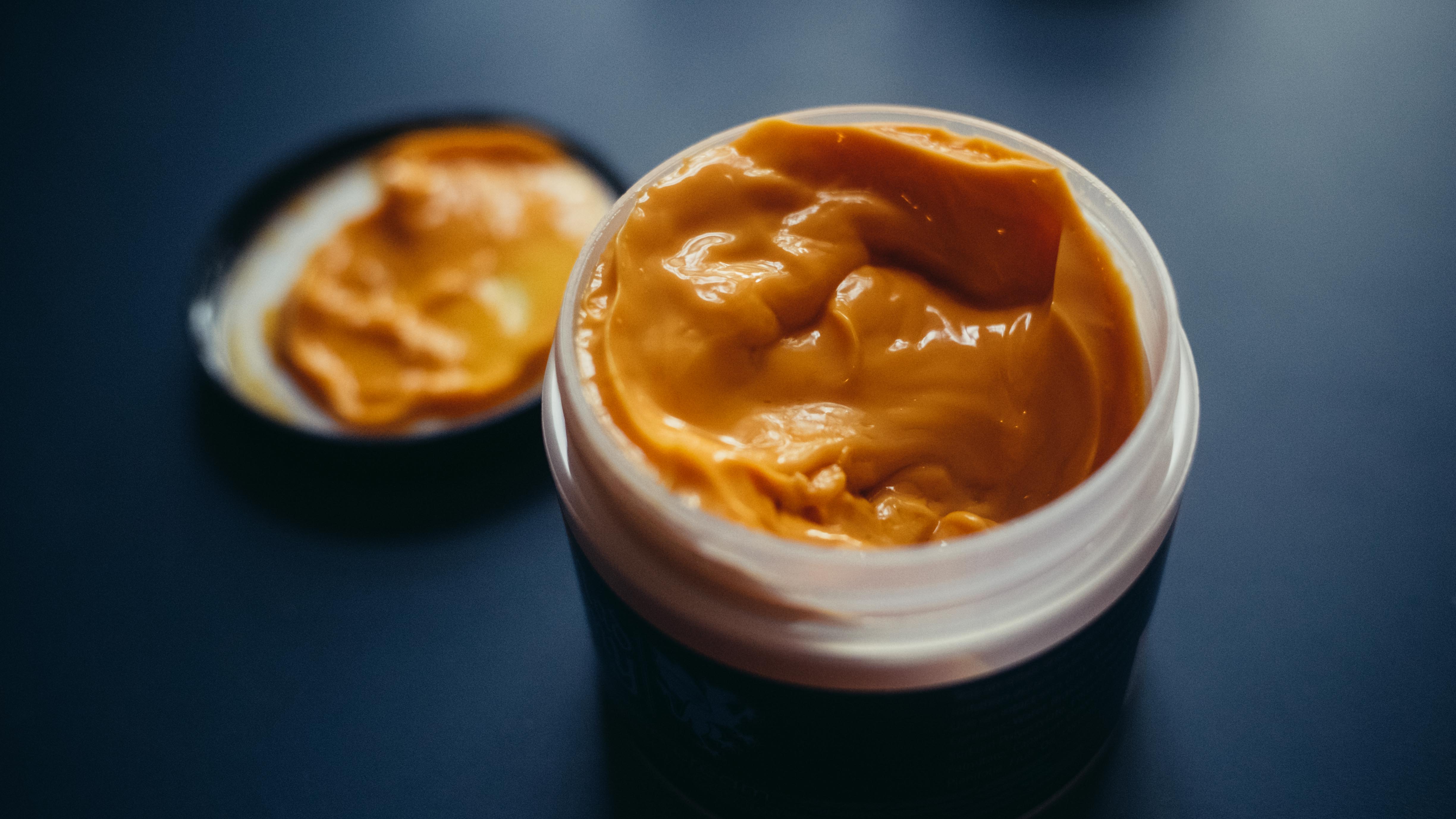
Some parts of the cycling world are mysterious and indecipherable. More than many other hobbies/sports (delete as you see fit) ours has a rich history filled with some extremely odd rituals. Before the days of winter cycling, before riders had the best winter bib tights or the best leg warmers, they’d turn to embrocation.
You may have heard it mentioned and been curious about what it is and how to use it. You may also have no idea what it is, which is perfectly understandable. Its use has fallen by the wayside somewhat but is kept alive by a committed few, but most riders I’ve spoken to had either never heard of it or never used it.
Let’s dive in then, shall we?
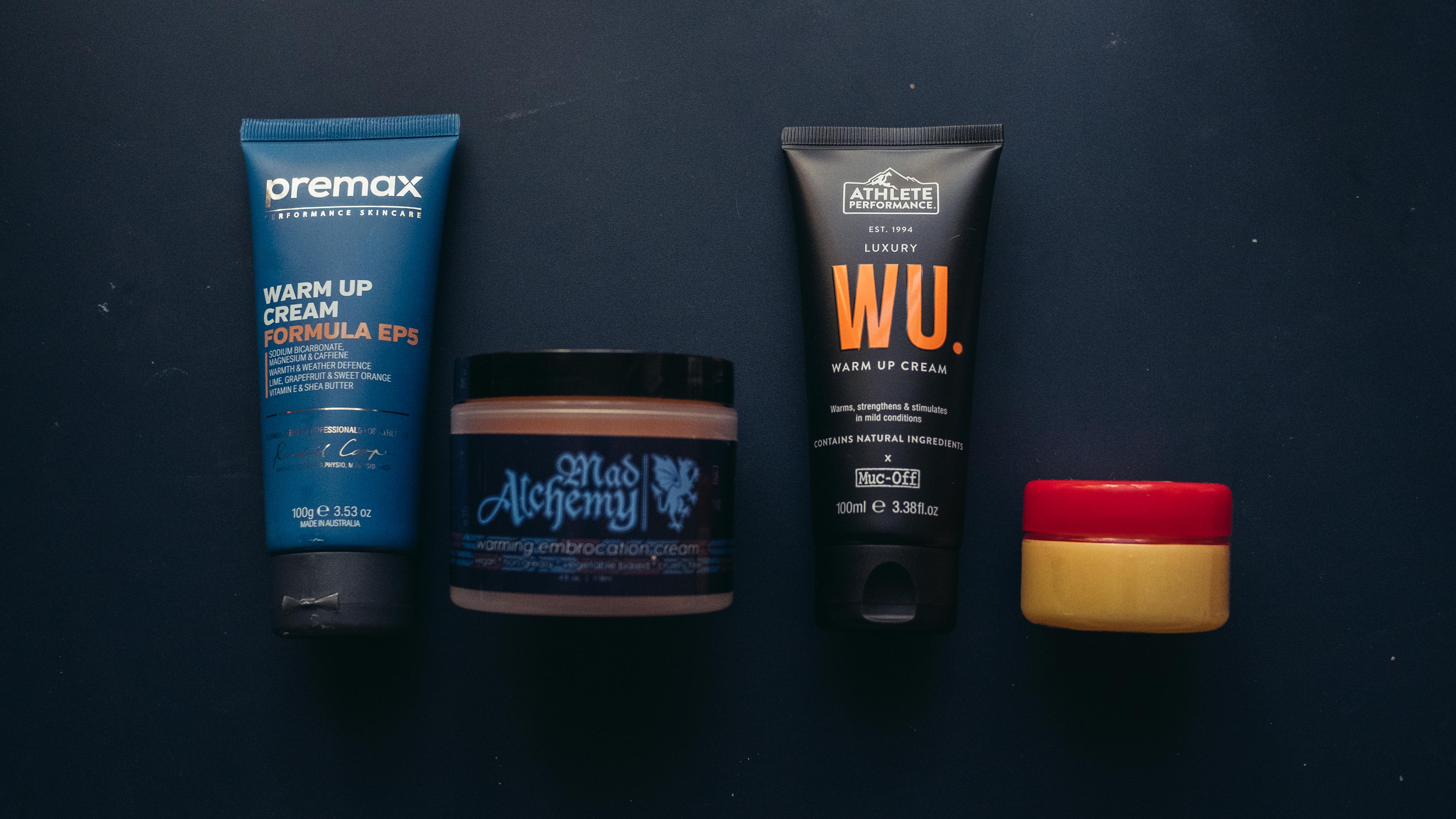
What is embrocation?
In its most basic form, embrocation for cycling takes the form of a cream, paste, or unguent that contains an irritant in order to simulate a feeling of warmth. Mostly this irritant takes the form of capsicum, the chemical that makes chilli peppers taste spicy, and is housed in a delivery agent that’s either oil-based (making a greasy unguent), or water-based (giving a non-greasy cream or paste).
In order to make it smell nice, because grease and capsicum don’t really smell of anything, essential oils are usually added to the mix too. Sometimes these can have additional properties if they’re also warming, as is the case with cinnamon, but mostly they just smell nice. Some options will be based on a combination of menthol and eucalyptus, much like Deep Heat, to achieve the same end goal.
In short, it’s what I like to call spicy leg cream, which gives you a hint as to its use.
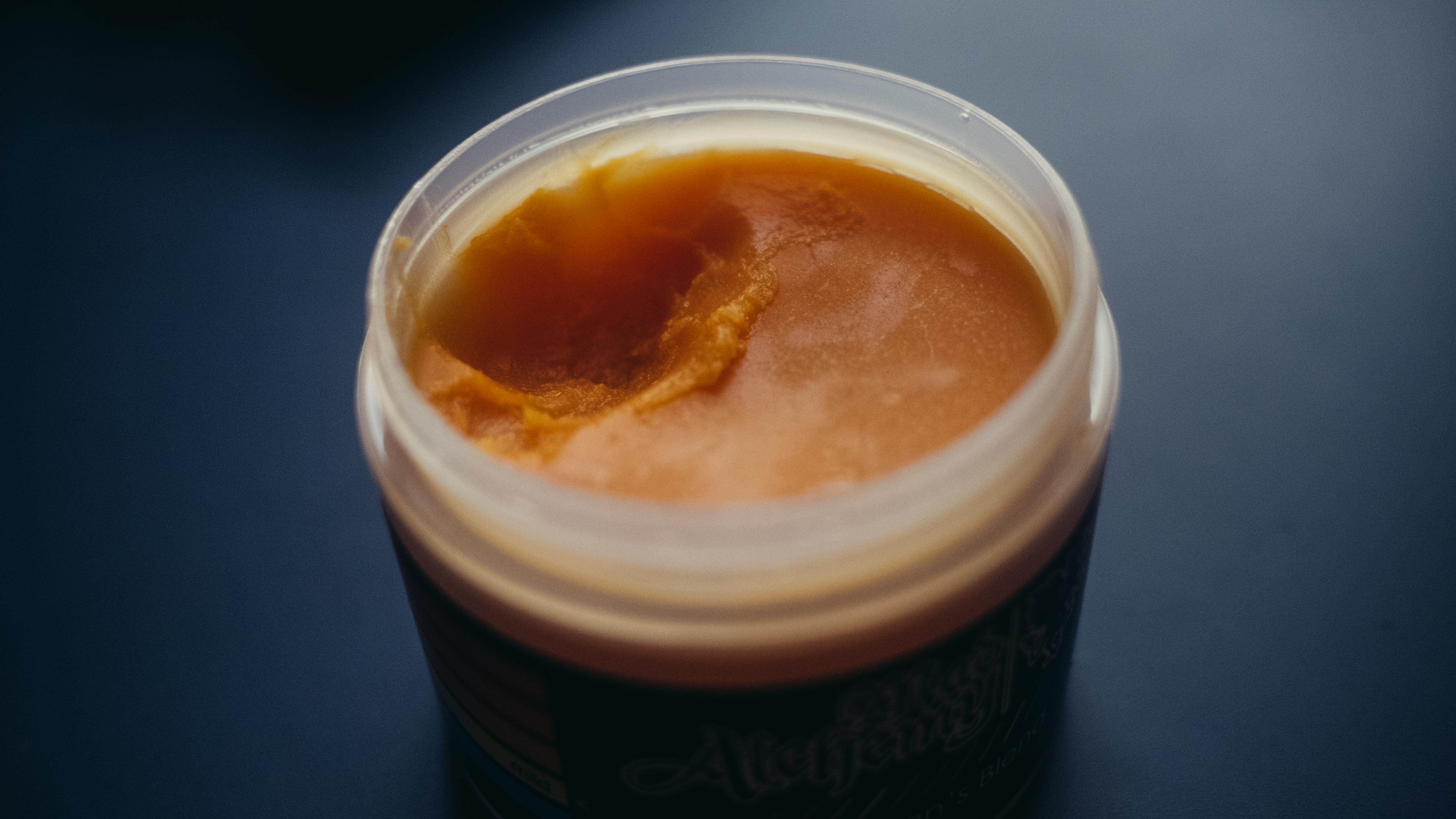
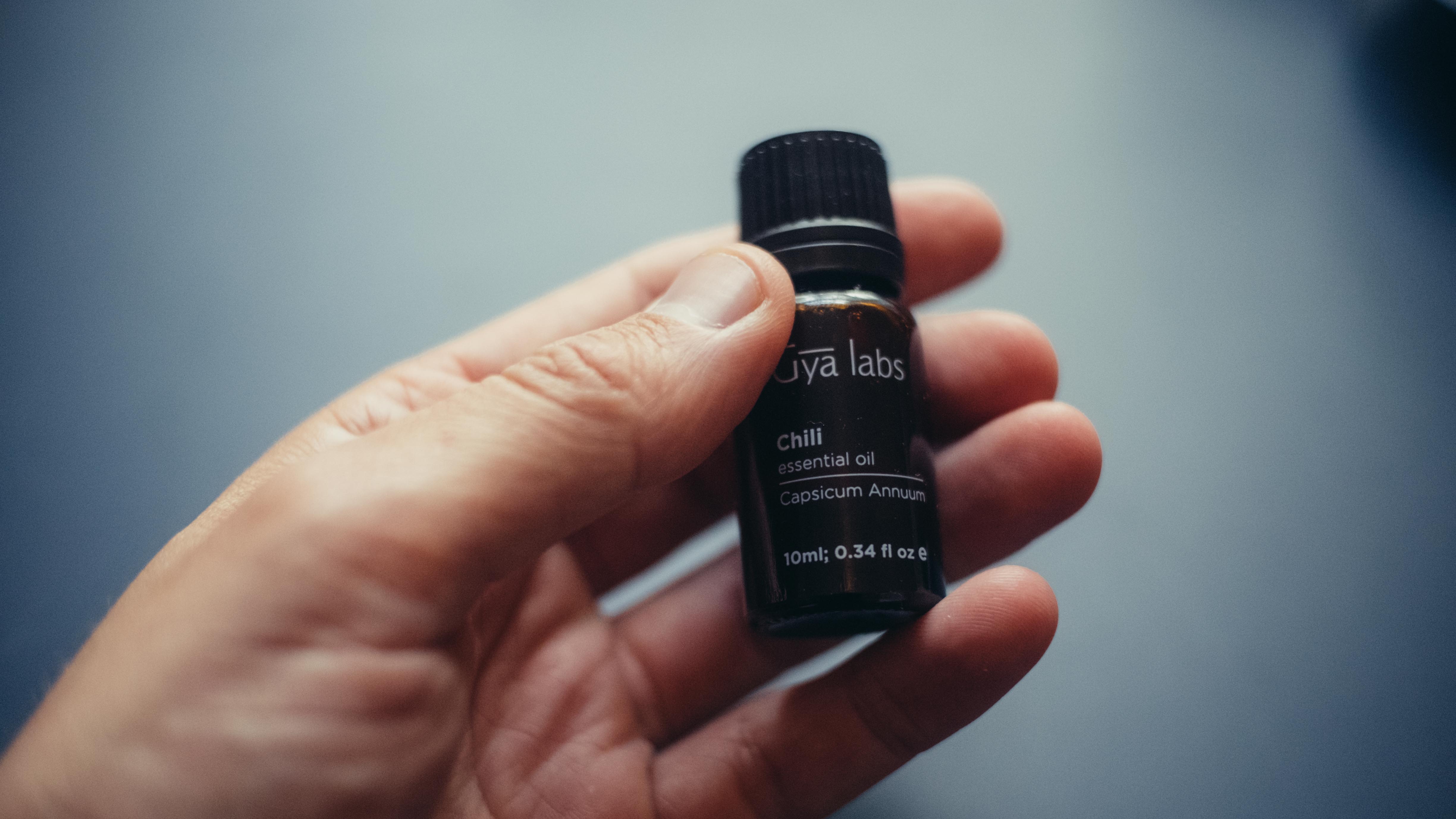
What is embrocation for?
Cycling embrocation aims to provide a simulated feeling of warmth to your legs when conditions or your output cannot provide it. You apply a layer to your legs and the irritant gives you a warming sensation before you’ve even turned the pedals.
Get The Leadout Newsletter
The latest race content, interviews, features, reviews and expert buying guides, direct to your inbox!
As a word of warning though, it doesn’t actually make you any warmer. It feels warm, and it improves the blood flow to the areas it’s applied to, but you can’t just slap it on and go straight into hill sprints in the cold without warming up or you’ll do yourself a mischief.
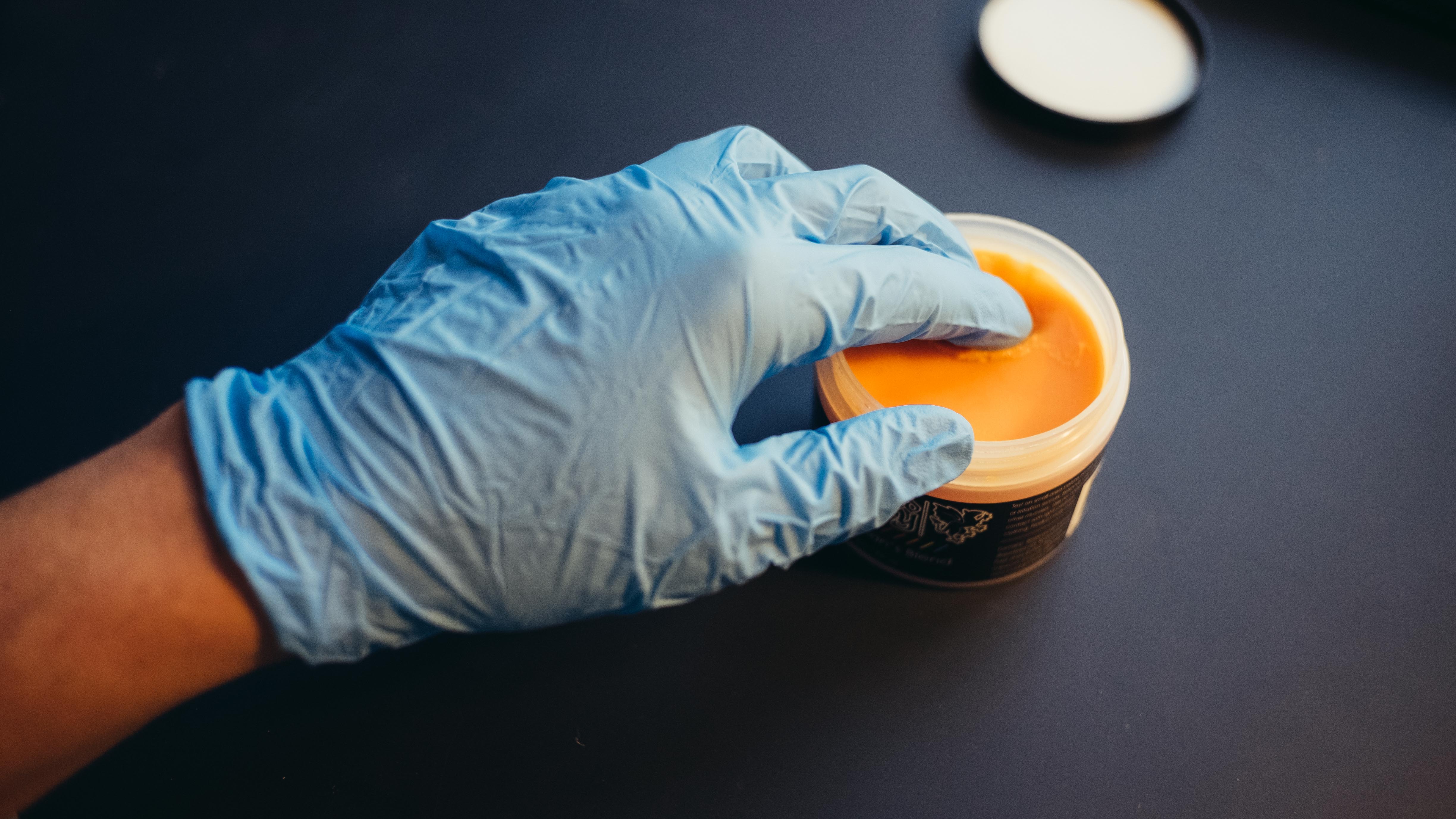
How do I use embrocation?
In simple terms, you just slap a layer on your legs and head out to ride. However, you need to make sure it is absolutely the last thing you do before you leave, and you should apply it with a set of latex gloves on.
I really do mean the last thing here. If you’re prone to needing a final bathroom use before you head out where you drop your bib shorts then it needs to be after this. What you want need to avoid at all costs is having any of the embrocation come into contact with the most delicate parts of your anatomy. It’s a bit of a pain to wash off, as we’ll also go into, but this is why you wear gloves to apply it; a basic hand wash won’t get it off, and if you then use the bathroom mid-ride, or touch your eyes or mouth, you’re going to have a bad time.
You should also absolutely store it somewhere far away from your chamois cream. Another room, ideally. My best friend got two tester pots, one of chamois cream and one of embrocation, mixed up, resulting in an experience that brought tears to both of our eyes for very different reasons.
Once it's on you can head out and ride with a glowing lower half. Some feel pleasantly warm, while the stronger ones make your legs feel like TV Static. If you want to dip your toe in (kinky, and also not a tip I'd recommend for how to keep your feet warm in winter), start with a mild option and build up. You wouldn’t go straight to a vindaloo if you’d never had a curry before unless you were showing off.
As with a particularly hot curry, you’ll find a glass of water, or rain, makes it feel hotter. It’s something to do with the capsicum that I don’t really understand besides knowing it’s “water activated”. It’s why it makes more sense on a really wet day, as the constant spray will keep you feeling toasty. It also means that when you come to wash it off in the shower you’ll get a new burst of heat, so wipe as much off with a tissue as you can before heading to the bathroom.
The oil-based options are pretty greasy, so will leave you with shiny legs. It does add a bit of waterproofing, but if you’re not ready for the shiny leg aesthetic then go for a non-greasy version. Personally, I like the shiny look, but I am prone to sudden outbreaks of vanity. The greasy versions too, as I discovered, will attract dirt and act as flypaper if you have the misfortune to ride through a swarm of midges.
As you’d expect though, it’s best not to apply it on broken skin, so if you’ve made a hatchet job of shaving your legs the day before then leave the embro off. Similarly, if you rock hairy legs definitely go for a non-greasy option or you’ll end up with a matted greasy mess that’s even harder to get off.
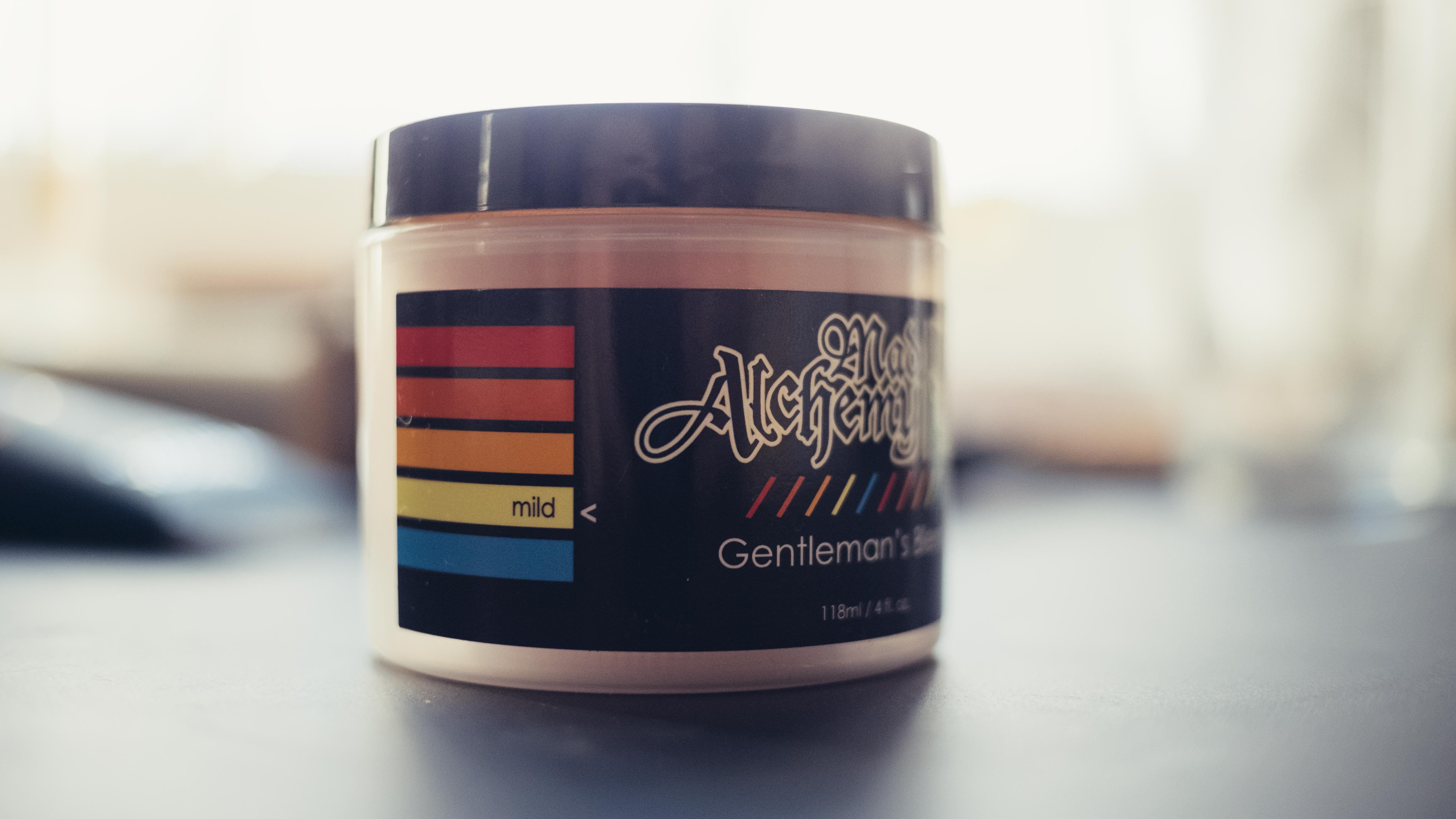
Embrocation for racing
Cycling has some strange rules, some based on performance and some on hearsay and oddly held beliefs. You'll often see pro riders in terrible weather still rocking bare legs when we mere mortals would probably opt for leg warmers. While not all of them will be using embrocation, a fair few will have been treated to thorough basting by their appointed soigneur. Given the intensity of racing, it can serve as a weatherproof barrier without risking adding the water weight of sodden warmers if it's not totally necessary.
Likewise, in cyclocross races, you'll often see riders in long sleeves, gloves, caps, and shorts. If it's dry and cold they may break out the leg warmers, but more often than not they'll slather their legs instead and make it through the hour perfectly happily. The start line of a wet pro cross race can be a pretty pungent place one imagines.
Where can I buy embrocation?
Bigger brands like Muc-Off and Premax make non-greasy options that are marketed as ‘warm-up cream’. For the more committed embro-fans, there are a handful of boutique companies like Mad Alchemy making a whole range of products with increasing levels of spiciness. If you develop a habit or just want an afternoon playing in the kitchen, you can make your own extremely easily though and tailor the heat level to your exact preference.
A post shared by Zetland Cycles (@zetlandcycles)
A photo posted by on
Make your own embrocation
To make your own embrocation you’ll need the following:
- 1 cup raw shea butter
- 1/2 cup beeswax pellets
- 1/4 cup olive oil or coconut oil
- 1sp pure capsicum oil
- 1tsp essential oil(s)
- Some pots
All you need to do is chuck everything into a double boiler (a bowl over a simmering pan of water) until it’s all melted together. If you want it spicier then add more chilli; you can take a teaspoon out of the mix and let it cool to test it as you go along. If you’re just making a single batch then chuck in the smelly oils until it smells fragrant enough for your tastes, but being extra I took things a step further. If you want to have more fun you can easily pick up an essential oils variety pack, enabling you to create your own aroma profiles. If you go down this route get lots of small pots and add the oil to each pot before decanting the liquid embrocation in, then give each a good shake.
As with application, be sure to wear gloves when making the stuff.
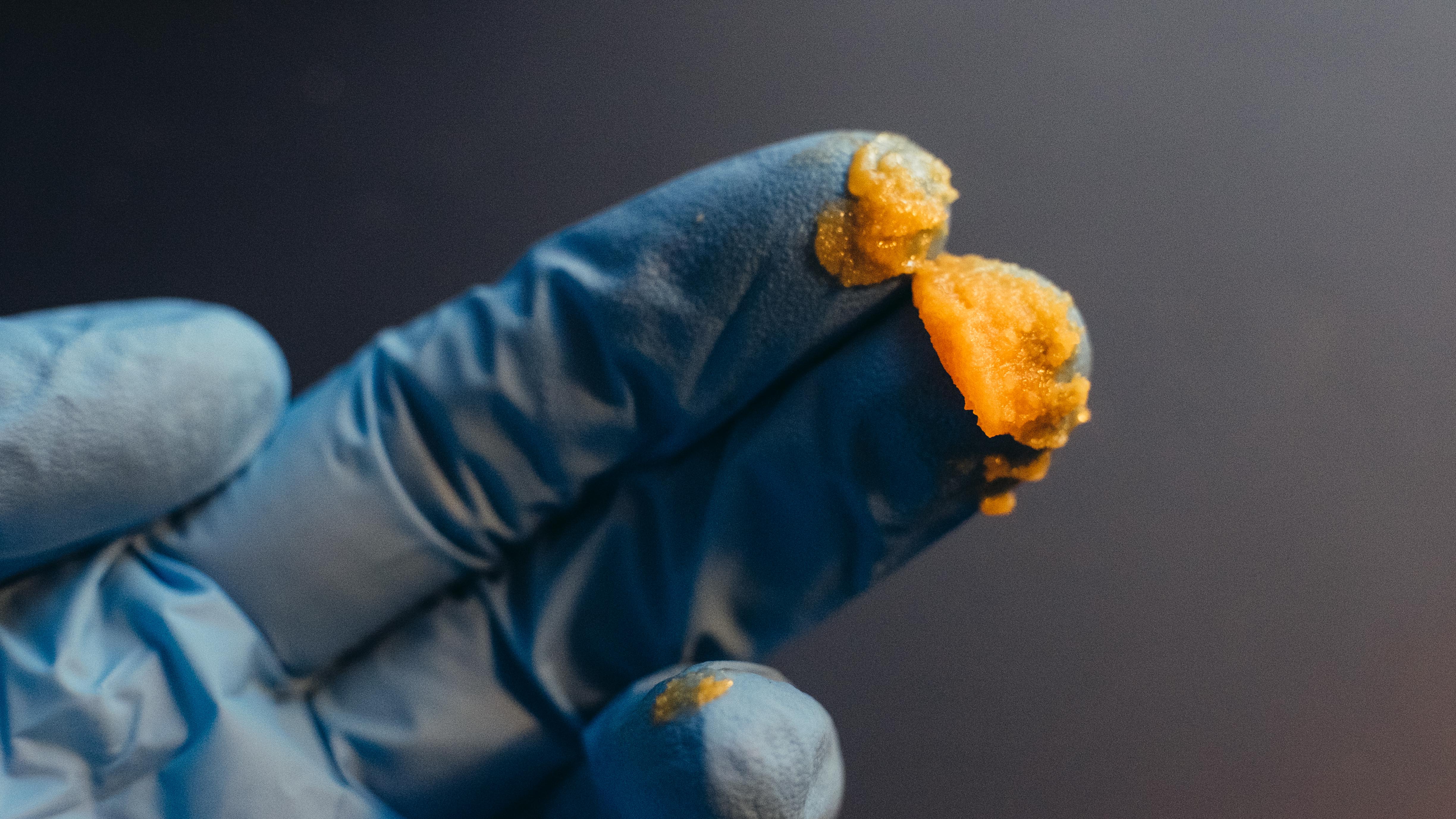

Will joined the Cyclingnews team as a reviews writer in 2022, having previously written for Cyclist, BikeRadar and Advntr. He’s tried his hand at most cycling disciplines, from the standard mix of road, gravel, and mountain bike, to the more unusual like bike polo and tracklocross. He’s made his own bike frames, covered tech news from the biggest races on the planet, and published countless premium galleries thanks to his excellent photographic eye. Also, given he doesn’t ever ride indoors he’s become a real expert on foul-weather riding gear. His collection of bikes is a real smorgasbord, with everything from vintage-style steel tourers through to superlight flat bar hill climb machines.